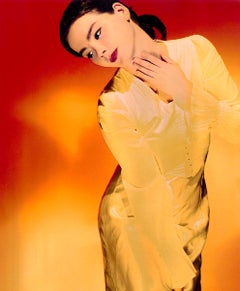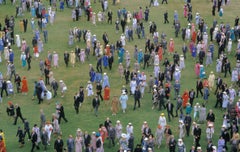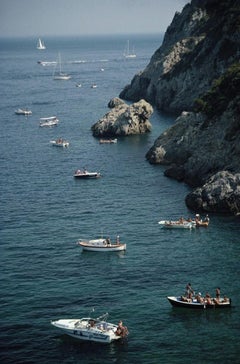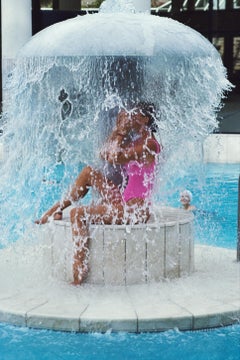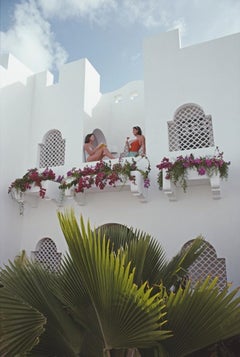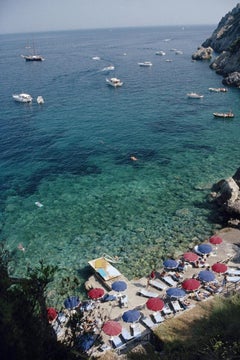1990s Color Photography
Modern 1990s Color Photography
Color, Archival Pigment
Modern 1990s Color Photography
Color, Archival Pigment
Modern 1990s Color Photography
Archival Pigment
Modern 1990s Color Photography
Archival Pigment, Color
Modern 1990s Color Photography
Archival Pigment
Modern 1990s Color Photography
Archival Pigment
Contemporary 1990s Color Photography
Photographic Film, Archival Paper, Photographic Paper, C Print, Color
Contemporary 1990s Color Photography
Archival Paper, Photographic Paper, C Print, Color, Polaroid
Contemporary 1990s Color Photography
Archival Paper, Photographic Paper, C Print, Color, Polaroid
Contemporary 1990s Color Photography
C Print
Contemporary 1990s Color Photography
Archival Paper, Photographic Paper, C Print, Color, Polaroid
Contemporary 1990s Color Photography
Photographic Paper, Polaroid, Color, C Print, Archival Paper
Modern 1990s Color Photography
Archival Pigment, Color
Modern 1990s Color Photography
Color, Photographic Paper
Contemporary 1990s Color Photography
Photographic Film, Archival Paper, Photographic Paper, C Print, Color
Contemporary 1990s Color Photography
Photographic Film, Archival Paper, Photographic Paper, C Print, Color
Contemporary 1990s Color Photography
Archival Paper, Photographic Paper, C Print, Color, Polaroid
Modern 1990s Color Photography
C Print, Color
Contemporary 1990s Color Photography
Photographic Paper, C Print, Color, Silver Gelatin
Modern 1990s Color Photography
Color, Archival Pigment
Modern 1990s Color Photography
Color, Archival Pigment
Contemporary 1990s Color Photography
Archival Paper, Photographic Paper, C Print, Color, Polaroid
Contemporary 1990s Color Photography
Archival Paper, Photographic Paper, C Print, Color, Polaroid
Contemporary 1990s Color Photography
Photographic Film, Archival Paper, Photographic Paper, C Print, Color
Modern 1990s Color Photography
Archival Pigment
Modern 1990s Color Photography
Color, Archival Pigment
Contemporary 1990s Color Photography
Archival Paper, Photographic Paper, C Print, Color, Polaroid
Modern 1990s Color Photography
Color, Archival Pigment
Modern 1990s Color Photography
Color, Archival Pigment
Contemporary 1990s Color Photography
Polaroid
Modern 1990s Color Photography
Color, Archival Pigment
Contemporary 1990s Color Photography
Archival Paper, Photographic Paper, C Print, Color, Polaroid
Contemporary 1990s Color Photography
Archival Paper, Color
Contemporary 1990s Color Photography
Archival Paper, Photographic Paper, C Print, Color, Polaroid
Modern 1990s Color Photography
Color, Archival Pigment
Contemporary 1990s Color Photography
Digital
American Realist 1990s Color Photography
Lambda
Contemporary 1990s Color Photography
Archival Pigment
Contemporary 1990s Color Photography
C Print
Modern 1990s Color Photography
Color, Archival Pigment
Modern 1990s Color Photography
Color, Archival Pigment
American Realist 1990s Color Photography
Color
Contemporary 1990s Color Photography
Photographic Film, Archival Paper, Photographic Paper, Color
Modern 1990s Color Photography
Color, Archival Pigment
Contemporary 1990s Color Photography
Metal
Contemporary 1990s Color Photography
C Print
Modern 1990s Color Photography
C Print
Modern 1990s Color Photography
C Print, Color
Post-Impressionist 1990s Color Photography
Archival Ink, Archival Paper, Archival Pigment
Modern 1990s Color Photography
C Print
Contemporary 1990s Color Photography
Photographic Film, Archival Paper, Black and White, Giclée, Pigment, Arc...
Contemporary 1990s Color Photography
Archival Paper, Photographic Paper, C Print, Color, Polaroid
Contemporary 1990s Color Photography
Archival Paper, Photographic Paper, C Print, Color, Polaroid
Contemporary 1990s Color Photography
Archival Paper, Photographic Paper, C Print, Color, Polaroid
Contemporary 1990s Color Photography
Archival Paper, Photographic Paper, C Print, Color, Polaroid
Contemporary 1990s Color Photography
Archival Paper, Photographic Paper, C Print, Color, Polaroid
Contemporary 1990s Color Photography
Archival Pigment
Conceptual 1990s Color Photography
C Print
Contemporary 1990s Color Photography
Archival Paper, Photographic Paper, C Print, Color, Polaroid
Modern 1990s Color Photography
Archival Pigment
Read More
Welcome to the Surreal and Sensual World of Mona Kuhn
The photographer made her name shooting luminous nudes. Her latest works reframe what an image can hold.
This Week-Old Calf Named Bug Is One of Randal Ford’s Most Adorable Models
In a recent collection of animal portraits, he brings fashion photography to the farm.
Photographer to Know: Rinko Kawauchi
From toddlers playing to fires blazing, the Japanese lenswoman poetically captures fleeting dramas on planet Earth.
Queen Elizabeth’s Life in Photos
She was one of the most photographed women in history, but the world’s longest-reigning queen remained something of a mystery throughout her decades on the throne.
Photographer to Know: William Klein
The noted lensman brought a bold sense of irony to fashion photography in the 1950s and '60s, transforming the industry. But his work in street photography, documentary filmmaking and abstract art is just as striking.
5 Reasons to Collect Art
From discovering new mediums to supporting rising talents, there are many good motives for building a collection of meaningful works. Learn the hows and whys of art collecting with our guide.
In Karen Knorr’s Sumptuous Photos, Exotic Animals Appear in Opulent Palaces
The Frankfurt-born, London-based American photographer has gone global with her popular "India Song" pieces, and, while her work has long featured figures lingering in lavish spaces, the species of her characters and underlying messages shift drastically from series to series.
Alex Prager’s Cinematic Photos Freeze Time in Moments of Curious Action
In her new show, "Part One: The Mountain," the acclaimed photographer captures a variety of characters suspended in midair.
